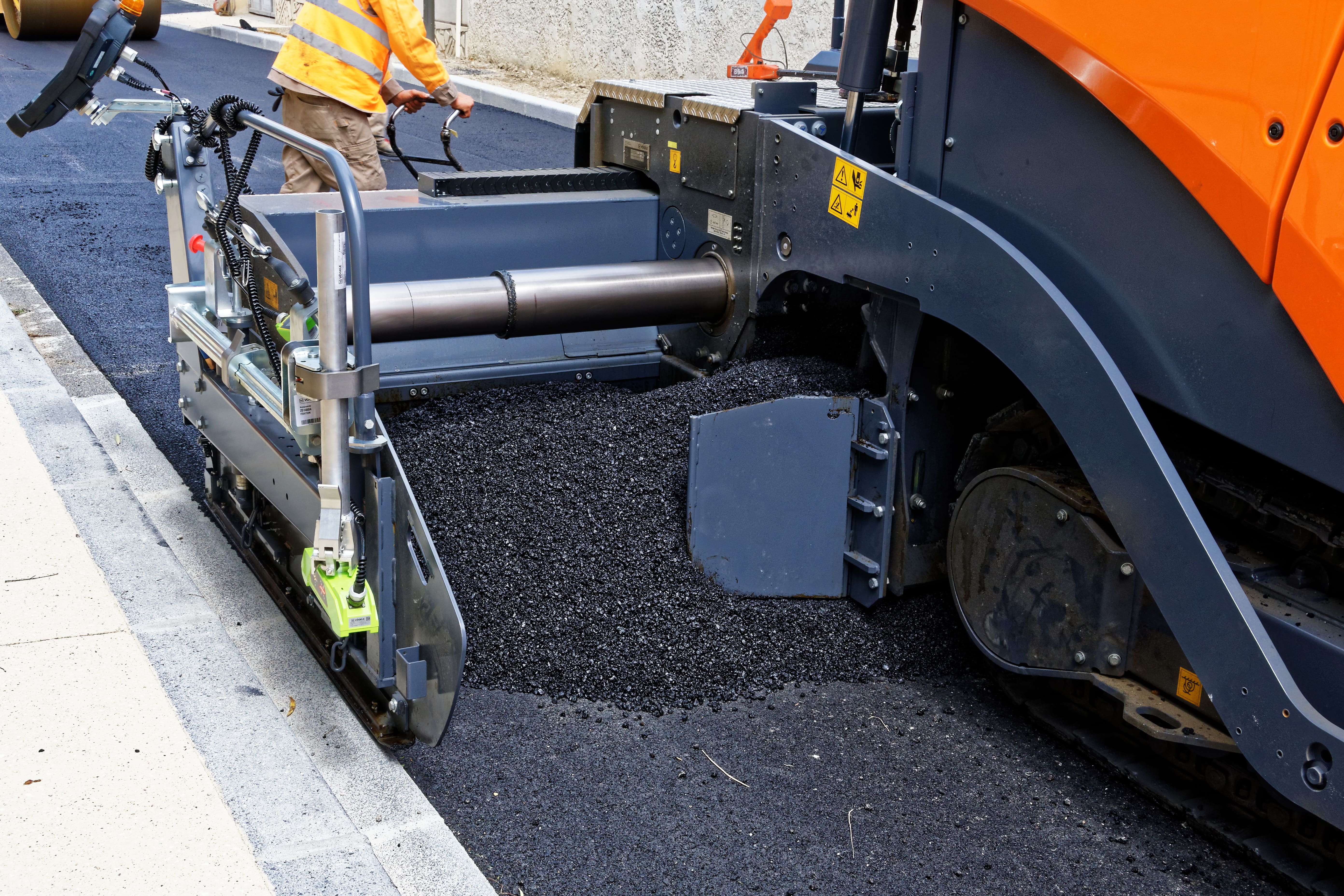A1 Professional Asphalt & Sealing Llc for Dummies
A1 Professional Asphalt & Sealing Llc for Dummies
Blog Article
A1 Professional Asphalt & Sealing Llc for Dummies
Table of ContentsUnknown Facts About A1 Professional Asphalt & Sealing LlcA1 Professional Asphalt & Sealing Llc for Dummies10 Easy Facts About A1 Professional Asphalt & Sealing Llc DescribedThe smart Trick of A1 Professional Asphalt & Sealing Llc That Nobody is Talking AboutRumored Buzz on A1 Professional Asphalt & Sealing Llc

The oil in an automobile engine is not just oil. The REOB contains all the additives that were in the waste oil as well as the wear steels from the engine (primarily iron and copper).
Nonetheless, by making lots of blends using various REOB samples and various asphalt binders, the variants mainly can be balanced out. Numerous States gave examples of known REOB structure to TFHRC scientists, who evaluated the examples to contrast the percentage of included (recognized) REOB to the located (evaluated) quantity. The evaluations revealed an equivalent percent of added and discovered REOB.
The Single Strategy To Use For A1 Professional Asphalt & Sealing Llc
None of those States understood that the asphalt they were purchasing consisted of REOB. One State insisted its samples had no REOB - https://qualtricsxm4qwdsn59g.qualtrics.com/jfe/form/SV_0H8SwRAI7gGMMQK.
Of the 1,532 samples checked, 12 percent consisted of REOB, and some contained substantially high degrees of it at 1020 percent. The highest degree was 34 percent in a sample from Texas, which TxDOT had utilized in a patching substance. This screening additionally revealed the presence of phosphoric acid in 11 percent of the samples, and 2 percent contained ground tire rubber.
2 years ago at TRB's annual conference, the Federal researchers held an REOB workshop and provided the findings of their lab analyses to a standing room-only crowd. Although some firms do not especially ban REOB, they do enforce physical tests that preclude its useeffectively a restriction. a-1 asphalt. Others do not outlaw it by specification, yet have agreements with asphalt distributors to stay clear of the use of REOB
A1 Professional Asphalt & Sealing Llc Things To Know Before You Buy
A handful do permit REOB, some within certain limitations. Ohio and Texas limitation levels to much less than 5 percent of the asphalt. To develop a reputable examination method that all States can utilize, the TFHRC researchers established a round-robin examination strategy. The individuals are 11 State freeway firms (Illinois, Massachusetts, Minnesota, Mississippi, Montana, North Carolina, Oklahoma, South Carolina, Texas, Vermont, and Wyoming), 2 independent screening laboratories, the Ministry of Transport in Ontario, Queen's College in Ontario, and an Ontario paving contractor.
The participants are examining the samples separately making use of the guidelines provided by the TFHRC researchers. The outcome will be a proposed AASHTO test approach that any type of State can embrace and make use of.
The pavement with REOB, which lies 0.6 mile (1 kilometer) from the pavement without REOB, has similar subgrade, traffic thickness, and environment. The sector of Highway655 with 5 to 10 percent REOB showed significant fracturing. In this instance, the visibility of REOB was the determined source of splitting at a reduced temperatures.
A section of examination sidewalk in Minnesota (MN1-4) discovered to have REOB additionally cracked too soon. The pavement carried out well for the very first 3 to 4 years, yet after that began to fracture.
Some Known Factual Statements About A1 Professional Asphalt & Sealing Llc
The examinations were not extensive, but they showed that at degrees of 6 percent or even more, the tensile stamina of the asphalt went down substantially. At a level of 3.5 percent REOB, the variant in the physical examination techniques was better than the result of REOB. It was tough for scientists to analyze whether REOB was existing. https://packersmovers.activeboard.com/t67151553/how-to-connect-canon-mg3620-printer-to-computer/?ts=1713554746&direction=prev&page=last#lastPostAnchor.

One binder parameter thought about is the difference between the reduced temperature level essential requirements temperature level for tightness (S) in the bending beam of light rheometer and the bending light beam rheometer creep slope (m-value) kept in mind as Tcritical. 2 independent study groups, one from AASHTO and the other from the Asphalt Institute, ended that more research is needed on the usage of REOB in asphalt.
Formerly, all asphalt testing determined engineering buildings such as tightness. These examinations do not reveal what products had actually been added to the asphalt. One example received throughout the TFHRC research had a very weird analysis. The sample had the complying with examination results: Superpave PG 64-28 with a heat quality of 67.3 Tcritical on the flexing beam rheometer was 6.7 levels Celsius.

About A1 Professional Asphalt & Sealing Llc
These results demonstrate there are weak points in the standard engineering screening methods that might be manipulated. The manufacturer might have a financial benefit and the product passes all the standardized tests, yet the item may not be useful to guaranteeing lasting performance. To address this issue and the growth of new asphalt ingredients and extenders, TFHRC is starting a research study program to utilize portable spectroscopic tools, x-ray fluorescence spectroscopy, and Fourier change infrared spectroscopy to allow analyses to be get redirected here performed in the area as opposed to having to take examples back to the lab.
Report this page